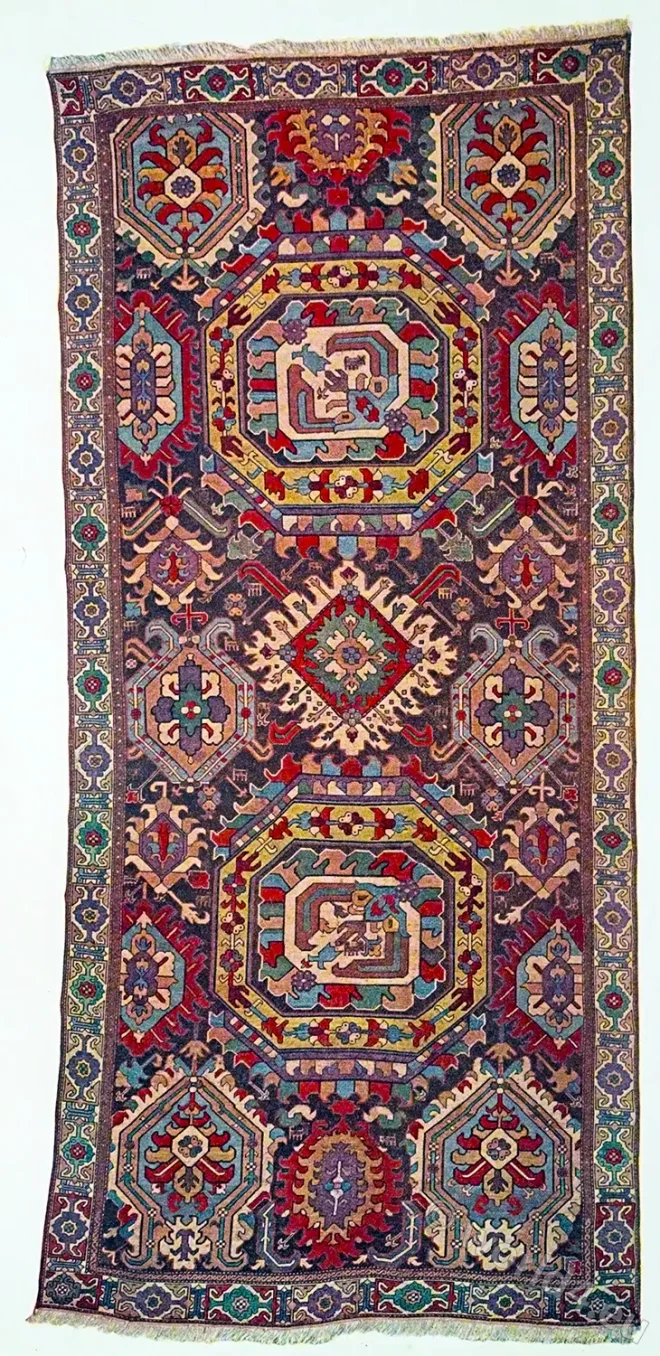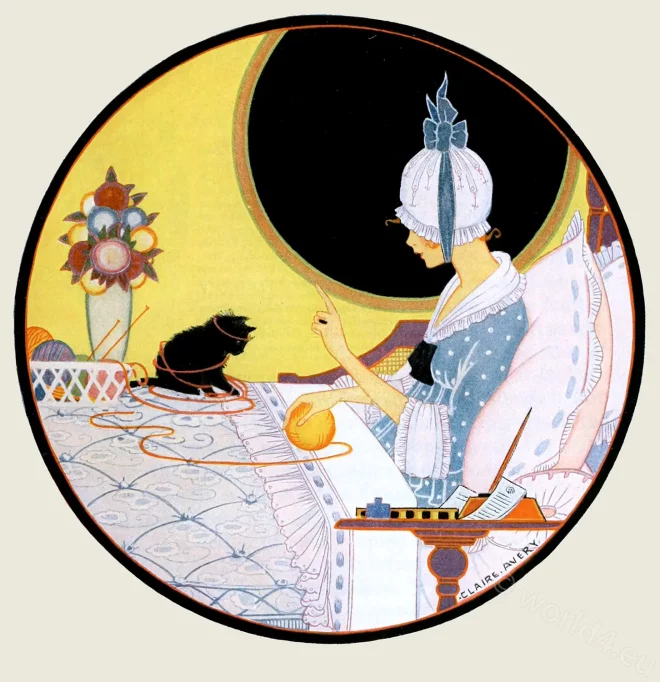Chivalry and Its Results. Chapter IX. Civilisation and Womanhood by Harriet Bowker Bradbury
Category: 20th Century
Japanese tea ceremony
The Japanese tea ceremony also known as the tea ritual, is close to Zen in its underlying philosophy.
Old Carpet from Armenia or South Caucasia. 18th c.
Old Caucasian Carpet from Armenia or South Caucasia.
Beginnings of Central Park in New York City.
The condition of the site before park operations were commenced seems incredible to us of the present day.
Dorothy Levitt. The Woman and the Car. The question of dress.
Levitt, Dorothy (1909), The Woman and the Car – A chatty little handbook for all women who motor or who want to motor.
A Ball at the Winter Palace in Saint Petersburg.
The Winter Palace is the former main residence of the Russian Tsars in Saint Petersburg.
Sanssouci and Other Prussian Palaces by W. Howitt
Sanssouci Palace at Potsdam was the summer residence of Prussian kings and German emperors.
Ralph Barton. Sketch for a catalogue cover, c. 1918.
Caricature of Flappers Wearing Furs. The work of American designers 1918.
Walter D. Teague. Advertising for men’s fashion 1917.
Men’s Styles Spring 1917. Advertising for men’s fashion by Walter D. Teague (1883-1960).
Claire Avery. Vogue Cover 1917.
Claire Avery. Vogue. Lingerie Number. Cover January 1 1917










